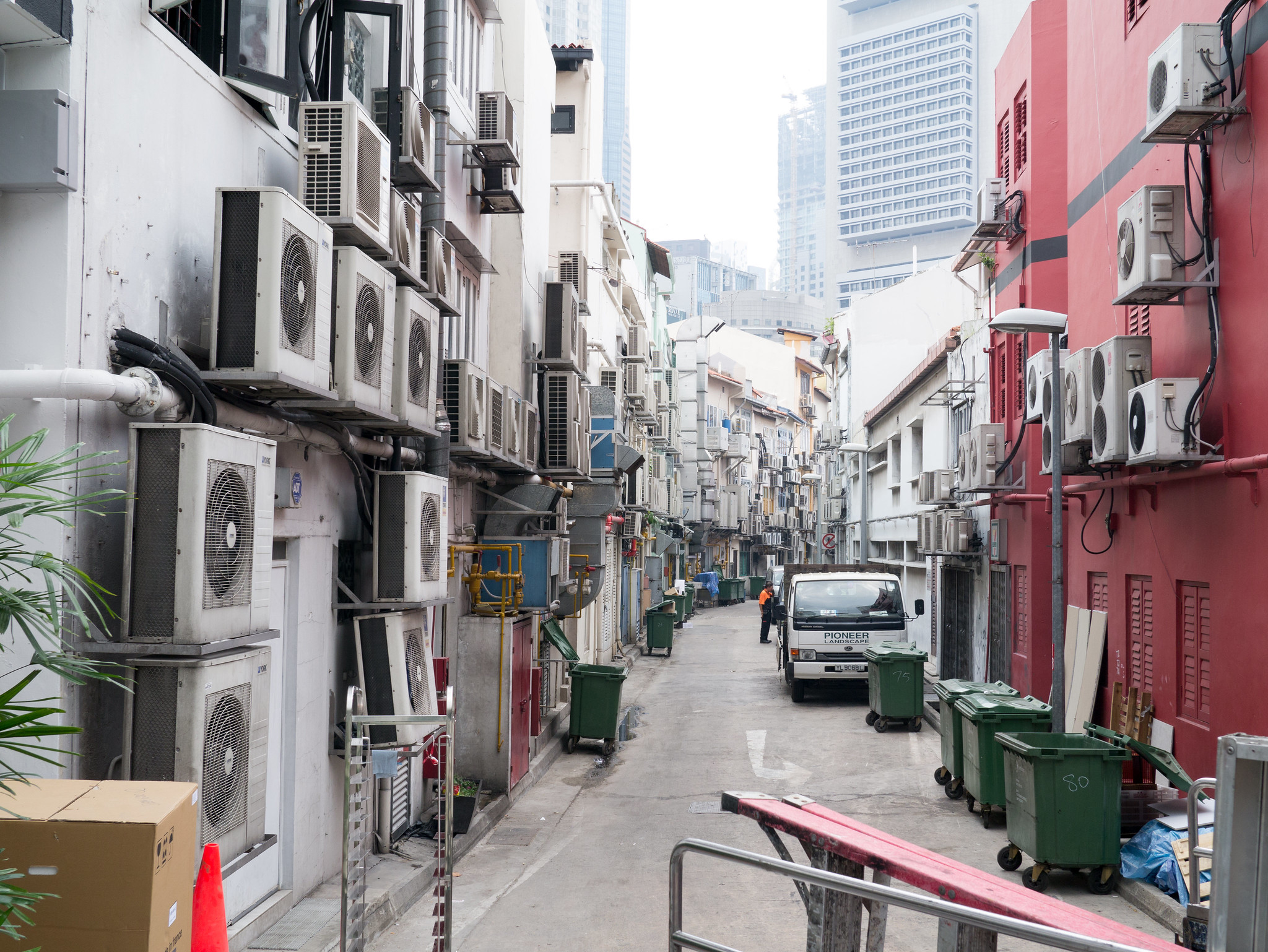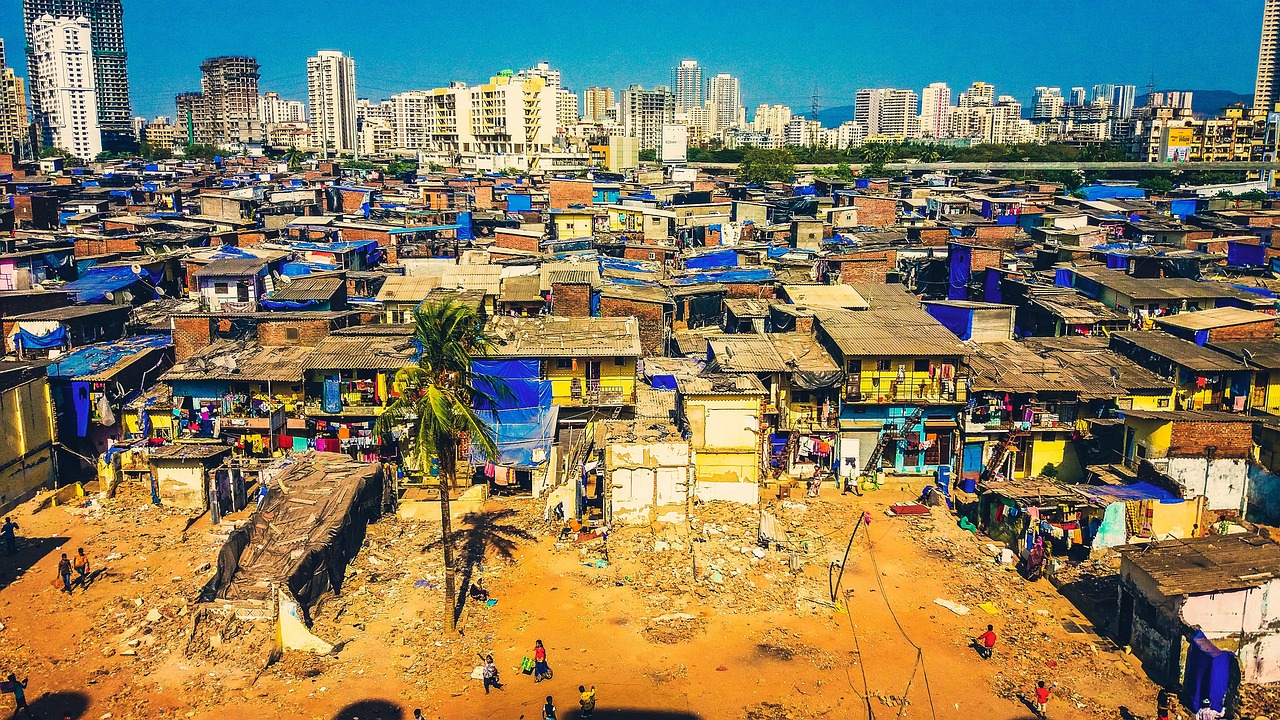With dangerous heat ramping up this hot season, researchers have found one percent of ‘extra’ deaths in the hottest months are linked to heatwaves.
 Staying cool in the heat is becoming more of a challenge. : Ryn DeCoster/Climate Visuals CC BY 2.0
Staying cool in the heat is becoming more of a challenge. : Ryn DeCoster/Climate Visuals CC BY 2.0
With dangerous heat ramping up this hot season, researchers have found one percent of ‘extra’ deaths in the hottest months are linked to heatwaves.
Asia’s hot season, which usually kicks off in March and can last months, has always been a challenging time. But recent years have been different, with dangerous heatwaves rolling through more often and with more intensity.
Heatwaves in April 2024 triggered school closures in the Philippines, while weather stations in Delhi rose as high 49.1 degrees Celsius earlier in the week.
Coordinating global health data to understand the impacts of heat is a challenge for researchers. One international research network focusing on climate and health published a study last month looking at the additional, or ‘excess’, deaths linked to heatwaves between 1990 and 2019.
The researchers looked at the deaths of more than 1.5 million people during the warmest months in 43 different countries. They estimated that nearly 1 percent of all deaths during these months came from heatwaves.
In the 2010s, the three countries with the worst rates of heatwave-related deaths — Bulgaria, Ukraine and Romania — all lost more than 1,000 people to heatwaves each year for every 10 million residents.
Rates of heatwave-related deaths were generally lower across Southern Asia, South-east Asia and Australasia, but there is still considerable spread.
Use the following tool to see how exposed your country or region is to heatwaves according to the study:
In this study, the researchers defined heatwaves as two or more consecutive days with temperatures in a place’s hottest 5 percent of days.
Although longer heatwaves are especially dangerous, even single days can pose a threat if they are hot enough, especially to vulnerable people. In countries in the tropics, humidity can amplify the threat, as sweating becomes less effective at cooling people.
Many countries across Asia-Pacific are seeing severe heat stress conditions become more prevalent.
Originally published under Creative Commons by 360info™.











